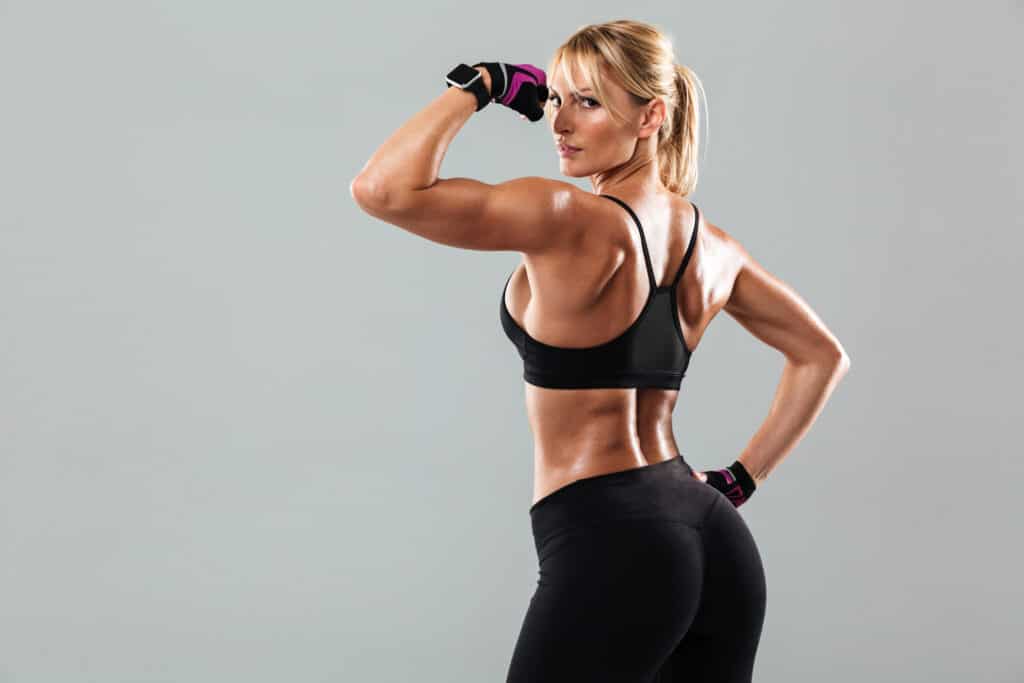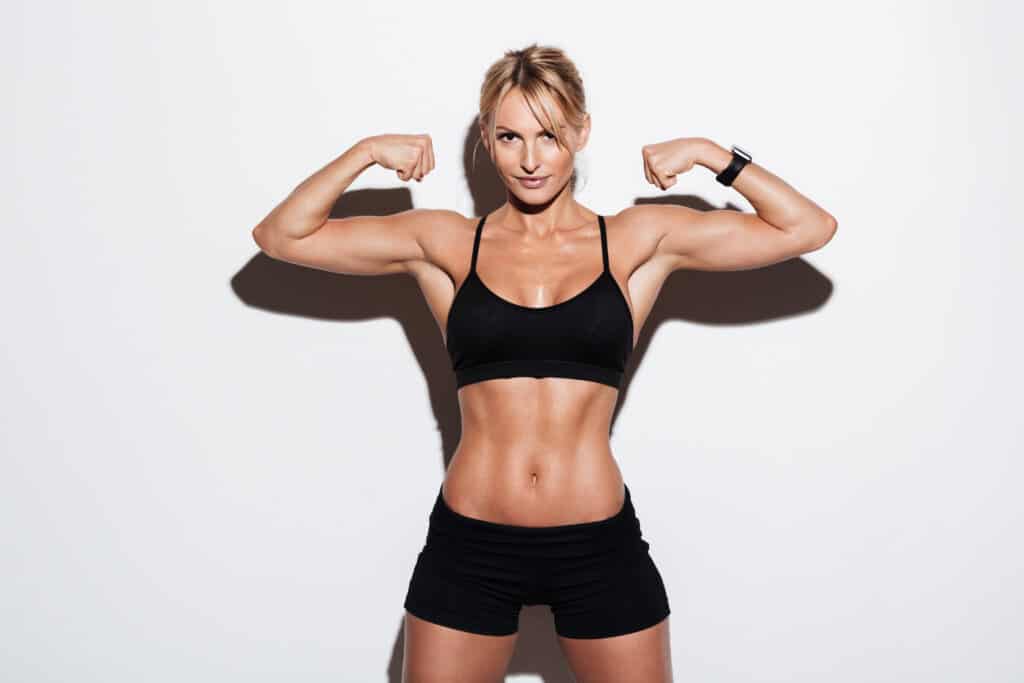Healthy nutrition plays a big part for anyone looking to get lean. It is important to understand that it’s still a collaborative effort with nutrition and exercise. With that said, exercise expends only so many calories from a given workout. Eating healthier has the potential to really change body composition. Here are a few nutrition tips that will help get you started on the road to getting lean.
What You Need for Effective Fat Loss
One
Work on improving the following three areas, in addition to regular strength training. One, increase your NEAT level, which stands for non-exercise activity thermogenesis. It is the energy your body uses for daily movement other than exercise. One research study determined that lean subjects (higher NEAT level) expend approximately 350 more calories a day (i.e. walking, house chores and standing) compared to obese subjects (lower NEAT level). That amount of calories expended over the course of one year? (with all other factors being equal) would equate to a weight-loss of 36.5 pounds!
Two
Get more sleep and control your stress. Sleep and stress play a huge role in fat loss. Make sure you’re getting a minimum of 7-8 hours a night, and keep your stress levels under control. A study published in the Canadian Medical Association Journal showed that individuals who got less than 5.5 hours of sleep each night, lost 60 percent more lean muscle that those who got adequate sleep. Too much stress increases cortisol levels. In turn, the likelihood of storing more fat increases, when stress becomes chronic.
Three
Next, work on eating a balanced diet. One of the most important aspects of fat loss is how you eat. Fad diets should be avoided, and instead, a balanced, healthy eating approach should be taken. A good place to start is with “5-a-day” plan getting added to the mix. Meaning, eat three vegetables and two fruits each day as part of your overall nutrition plan. Looks like it’s the right mix for longevity, according to researchers from Harvard T. H. Chan School of Public Health.
Finally, remember the following quote from exercise scientist, Tim Noakes, MD, PhD, “the benefits of exercise are unbelievable, but if you have to exercise to keep your weight down, your diet is wrong.”

Four Areas to Focus on to Develop Six-Pack Abs
You know someone is lean and typically in good shape when you look at what area on their body? That’s right, the abs. There is no hiding it. When trying to get lean, the abdominal area can be a tough area to reduce body fat tat will ultimately show off your abs. Try these four tips as you continue to work hard in the gym.
Anti-Rotational Movement
First, do more anti-rotational movements in some of your core workouts. Exercises like Paloff press and plank kettlebell pull throughs are a few good examples. These are stabilization exercises where you’re performing a movement while resisting movement from the core.
Stay Hydrated
The next one is a simple one that does not need much explanation, stay hydrated. There is plenty of information circulating out there when it comes to this topic. Drink a glass or two with each meal as a start. Another way to up the number of glasses of water you get each day is to keep a liter of water at your desk. Add in fresh lemon and limes each day.
Get Plenty of Recovery
Next, get plenty of recovery between workouts. Make sure you have plenty of energy going into each workout so you can train harder. Lastly, tighten up on your diet for six-pack abs. One way to really do this is to reduce added sugar, see below.
Reduce Your Daily Added Sugar Intake (DASI)
The term, DASI, is an acronym that I use which stands for daily added sugar intake. It’s an important component of any solid nutrition program. it is also a game changer for those looking to get lean, not to mention, ripped abs! For the majority of people, getting a lean, tight mid-section will be a lifelong challenge. Some never seem to realize that how they fuel their body in turn effects their midsection and abdominal area. This goes well beyond doing a daily plank challenge.
Begin with an added sugar budget. Meaning, record how many grams of added sugar you eat each day for the next 7-days to get an idea of your sugar consumption. You might be pretty surprised just how high it is. The goal is to then eat no more than 38 grams a day for men, and 25 grams a day for women. Try it for a week and see how much better you feel.
Stay Strong Together
Do what more than 10 million others have already done, use Jefit app as an advanced workout log. This in turn, will help you meet your fitness goals. By providing an extensive exercise library, you can pick and choose your workouts according to your goals. You can also join our members-only Facebook group where you can connect and interact with your fellow Jefit members. Share your successes, stories, advice, and tips so you learn and grow together.
- Top Hip & Back Extension Exercises for Posterior Chain Power - April 23, 2025
- Best Exercises to Build Strong & Defined Shoulder Muscles - April 21, 2025
- Whey vs. Casein: What’s the Best Protein for Building Muscle - April 18, 2025
